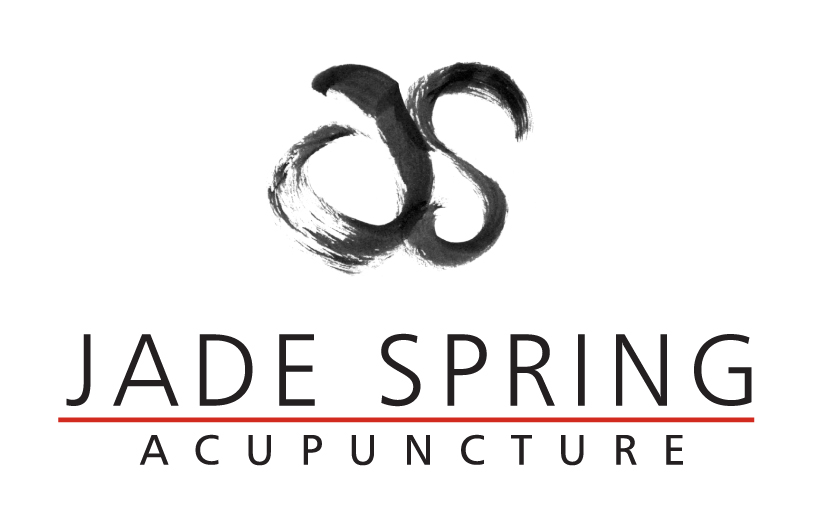Our bodies are meant to move, not sit for hours
In recent weeks I've notice several interesting articles on health issues that I'd like to bring your attention
From the Sept 8 / Sept 15, 2014 issue of Time: Stand Up for Yourself - All-day sitting hurts the body.
"Alarming new evidence suggests that even if you clock workouts most days of the week, the more than eight hours the average American spends sitting every day could blunt many of the benefits of breaking a sweat. Indeed, exercise - while critically important - isn't the answer, doctors say. An undeniable scientific tide is pushing us to sit less. A lot less."
The author goes on to list some interesting statistics:
75% of Americans spend most of their day sitting
500-1000: the number of calories office workers don't burn each day because they sit
8+ hours: the number of hours the average adult spends sedentary each day
24% increased risk of colon cancer in people who are highly sedentary
And from the Aug 2014 Rocky Mountain Health Newsletter:
“If you’re like most Americans, you’re spending an average of 9.3 hours a day sitting. … Sitting is prevalent even for people who might be considered active. Perhaps you wake up and make time to go to the gym. You spend 30 minutes walking briskly on the treadmill. You feel pretty good about yourself – and you should, since you are part of the 31% of adults who actually engage in regular physical activity. But the big question is this: What happens during the other 15.5 hours that you spend awake? If you’re like most adults, you sit. You commute, you sit at your desk, you sit when you get home, you sit to relax with your family – you sit, sit, sit all day long. Even though you fit the traditional definition of being a physically active adult, you’re only active for 3% of the day. The remaining 97% of the time you’re sitting. By adding several small breaks throughout your day, you can have a huge impact on your overall health. Recent research suggests that your risk of cancer goes down when you interrupt prolonged sitting with brief breaks of one to two minutes. Neville Owen, of Australia’s Baker IDI Health and Diabetes Institute, reports that breaks as short as one minute every hour can reduce waist circumference, insulin resistance and inflammation. Remember to stand up and be active throughout your day. Below are five simple ways you can be more active.
- Put a reminder on your calendar to get up every hour and take a short walk down the hall.
- Make walking meetings a standard. Instead of sitting at the table discussing things, walk and talk.
- Stand up during phone calls. If you can, walk around your office.
- Stretch before you head to lunch.
- Take a walk after dinner."
A few of my own suggestions include:
Get one of those big balls to sit on…sitting on a ball keeps your core engaged and it also helps you sit up straighter
Instead of calling your colleague that sits in an office down the hall to ask a question, get up and walk to their office for your chat.
If your office is not on the first floor, take the stairs.
Stretch every time you get up to use the bathroom.
Use a small cup/glass/bottle that has to be refilled more frequently, forcing you to get up from your desk several times a day to refill.
Make sure you get regular (at minimum monthly) body work - even though someone else is moving your tissue for you, it will improve circulation and also help lengthen and soften all those muscles that get stiff from sitting so much.
What other ideas can you add to this list?



